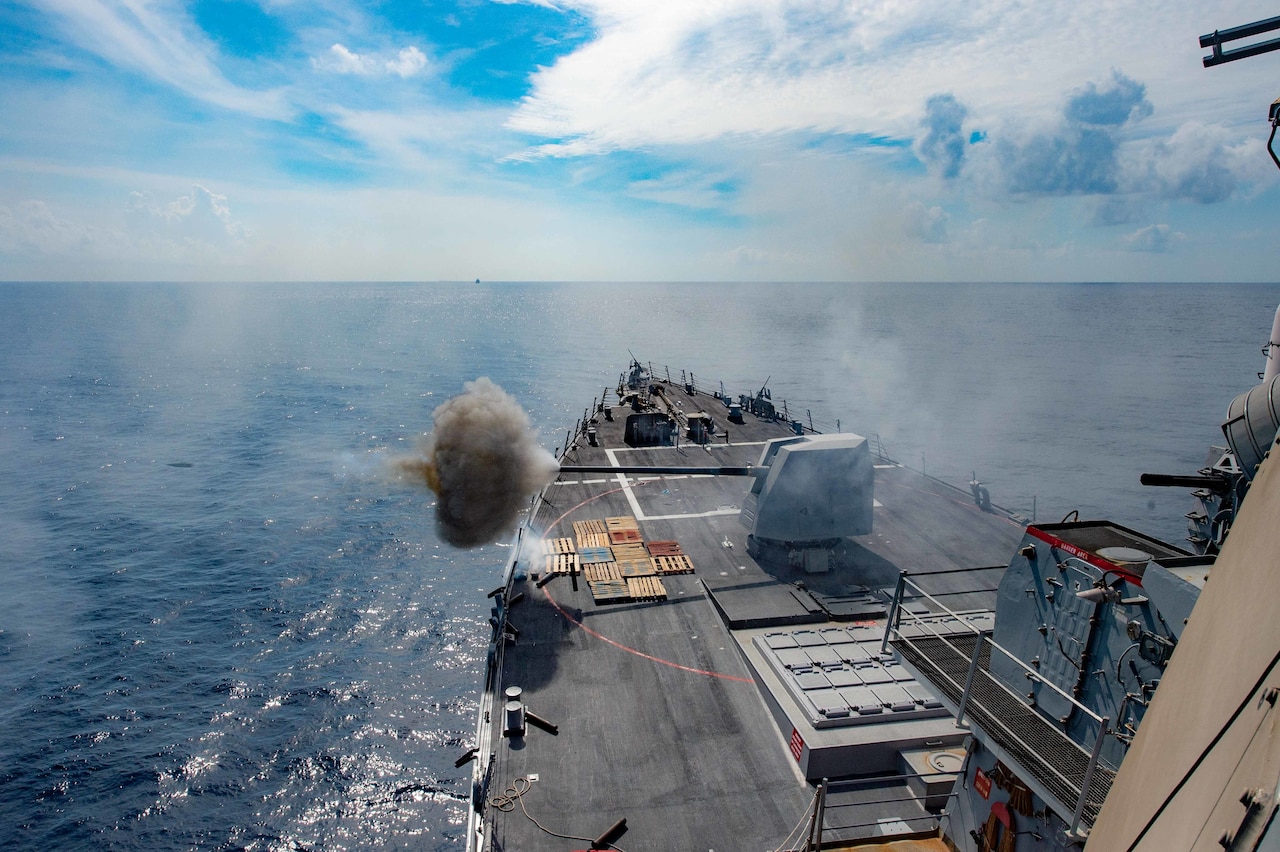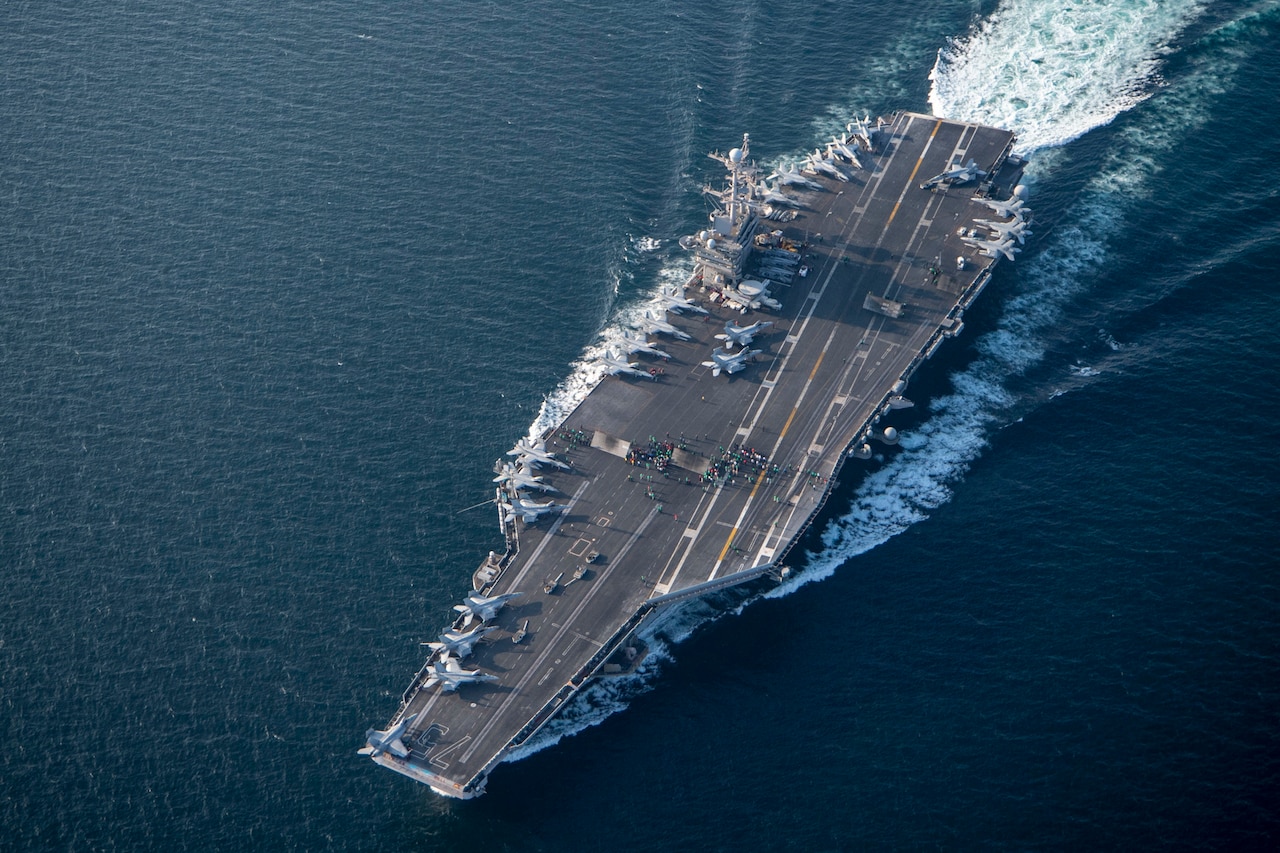Dec. 10, 2020 | , DOD News
The world of great power competition requires a United States Navy and Marine Corps capable of deterring foes, reassuring allies and ensuring trade. To continue to maintain U.S. maritime superiority, the Department of the Navy released the annual 30-year shipbuilding plan, Dec. 10.

The plan outlines a larger, modernized force that is fiscally informed.
"The plan calls for a larger fleet of both manned and unmanned vessels prepared to face greater challenges on, above or under the sea by accelerating submarine construction, modernizing aircraft, extending the service life of cruisers and increasing the number of destroyers," David L. Norquist, deputy secretary of defense said.
"Our updated 30-year shipbuilding plan is a credible, affordable road map for achieving maritime supremacy — all while tightening our belts — and sending a strong message to our adversaries like China," Russell Vought, office of management and budget director, said.
The plan is based on the classified Future Naval Force Structure study presented to Congress earlier this month, which looks for the best ways to keep the peace today and in the future, defense officials said.

The United States is the dominant naval power on the globe today. In order to maintain maritime dominance, the study found the naval force needs to grow in capacity and modernize to continue to outpace global threats.
"Our vision of a free and open international order depends upon our ability to maintain U.S. maritime dominance and freedom of maneuver," Norquist said. "To build this future force, the United States must expand its industrial base to support the fleet we need and not limit the future fleet to the capacity of the industrial base we have."
The Department of the Navy worked with the Office of the Secretary of Defense and the Joint Staff to conduct the Future Naval Force Structure Study. This looked at three different fleets that would be required in fiscal 2045. The Navy calls it "Battle Force 2045."

The study sees a huge growth in unmanned vessels both surface and subsurface. "Although we reach 355 ships by the 2030s, the plan is about more than numbers of ships. It is about equipping our future force for the enduring defense of our nation," Norquist said.
The study looks to assess naval force options to ensure U.S. Navy and Marine Corps maritime dominance in the era of great power competition. "The focus of the study was to identify the benefits and associated risks of three alternate future fleet architectures in order to inform future naval force structure decisions and the 30-year shipbuilding plan," officials said.
The Navy will still sail proven, traditional capabilities, such as attack submarines, nuclear-powered aircraft carriers and air wings, and logistics forces. But the study also looked at building more small multi-mission combatants such as Constellation class frigates. This would enable more efficient distribution of missions across the surface fleet, freeing other assets for critical high-end missions.

The study also looked at large unmanned surface vessels, which would add substantial offensive and defensive fire capacity to the fleet at an affordable cost, officials said. "In the near term, LUSVs are best employed as adjunct fires magazines, with further development potential in future iterations," officials said.
The study also looked at medium unmanned surface vessels, which show promise as low-cost forward sensors and command-and-control nodes.







No comments:
Post a Comment